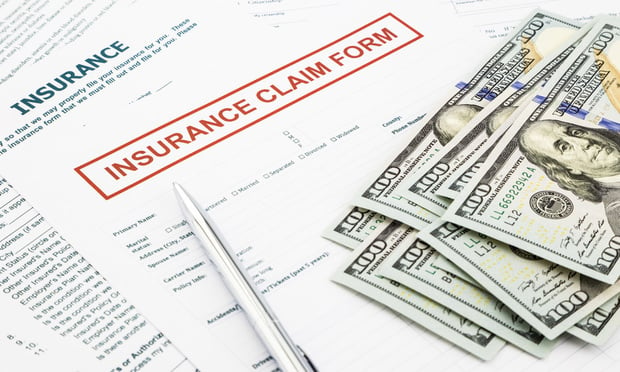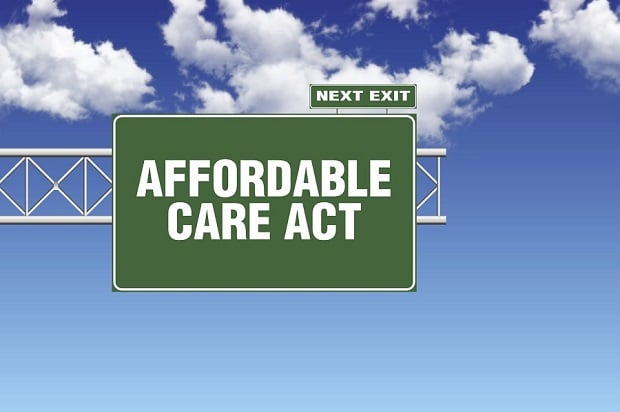Looking for where the most dollars go in health care spending?
Check out diabetes ($101 billion), ischemic heart disease ($88.1 billion) and low back and neck pain ($87.6 billion)
These three categories topped the list in spending in 2013, and along with hypertension and injuries from falls, made up 18 percent of all personal health spending and totaled $437 billion in 2013.
The figures, along with plenty of other data, are contained in a comprehensive financial analysis titled “US Spending on Personal Health Care and Public Health, 1996–2013,” published in JAMA on Dec. 27, 2016.
The study tracks a total of $30.1 trillion in personal health care spending over 18 years.
“While it is well known that the U.S. spends more than any other nation on health care, very little is known about what diseases drive that spending,” Dr. Joseph Dieleman, lead author of the paper and assistant professor at the Institute for Health Metrics and Evaluation (IHME) at the University of Washington, said in a statement.
Dieleman added, “IHME is trying to fill the information gap so that decisionmakers in the public and private sectors can understand the spending landscape, and plan and allocate health resources more effectively.”
The majority of personal health care spending was associated with noncommunicable diseases, but when it came to infectious diseases, respiratory infections such as bronchitis and pneumonia topped the list.
Well care, on the other hand, accounts for just 6 percent of personal health care spending, with nearly a third devoted to pregnancy and postpartum care (the 10th largest category of spending, at $55.6 billion).
The study examines spending by diseases and injuries and distinguishes spending on public health programs from personal health spending, including both individual out-of-pocket costs and spending by private and government insurance programs.
It covers 155 conditions.
For employers looking to get a handle on health care expenses, it can be useful to know which conditions eat up the most dollars.
Dieleman estimated that, in addition to the $2.1 trillion spent on the 155 conditions examined in the study, approximately $300 billion in costs, such as those of over-the-counter medications and privately funded home health care, remain unaccounted for, indicating total personal health care costs in the U.S. reached $2.4 trillion in 2013.
Complete your profile to continue reading and get FREE access to BenefitsPRO, part of your ALM digital membership.
Your access to unlimited BenefitsPRO content isn’t changing.
Once you are an ALM digital member, you’ll receive:
- Breaking benefits news and analysis, on-site and via our newsletters and custom alerts
- Educational webcasts, white papers, and ebooks from industry thought leaders
- Critical converage of the property casualty insurance and financial advisory markets on our other ALM sites, PropertyCasualty360 and ThinkAdvisor
Already have an account? Sign In Now
© 2024 ALM Global, LLC, All Rights Reserved. Request academic re-use from www.copyright.com. All other uses, submit a request to [email protected]. For more information visit Asset & Logo Licensing.








